Interactive floor plan: House JE
Located in Nova Lima, south of Belo Horizonte, and set in an undulating landscape, this sizeable private complex forms a house and gallery for an art enthusiast, a total of 1240m2.
Humberto Hermeto, together with collaborator André Gabrich and engineer Márcio Gonçalves, have designed a generously sized property, with five en-suite bedrooms and expansive living spaces opening up to terraces and a pool beyond. The art gallery is set beneath it on the ground floor level, an air-conditioned, artificially lit space with a generous mezzanine, plenty of wall space and white walls, floors and ceilings. Staff accommodation is also set below the slender form of the main house, which in turn sits beneath an 81m long roof, a reinforced concrete portico that reaches across to shelter the stepped entrance.
'The existing views guide the various openings,' says Hermeto, 'from every room one can see the mountains. This long volume is dotted with open porches, interspersed with enclosed spaces for the kitchen, sauna and bedrooms. A central core contains an elevator which takes one from the residence straight down to the gallery, via the underground garage.
Architect: Humberto Hermeto Project: Casa JE, Vale dos Cristais Website: www.humbertohermeto.com.br
Humberto Hermeto has a small studio with just four assistants, all in their 20s. Set up in 1996, shortly after he graduated from the Universidade Federal de Minas Gerais, he built up his practice through competitions and small residential works and regularly collaborates with Austin, Texas-based architect Fernando Lara. His approach is modest and considered. ’I try to understand the place I’m working on, and what the design needs to enhance it,’ he explains. Concrete is a favourite material, ’not only because of our modern tradition but because of its cost compared to steel structure.’ Ongoing works include a house in Recife and a museum in Belo Horizonte. The firm is also currently involved in building a Convention Centre and hotel for the 2014 World Cup. Hermeto believes that the character of contemporary Brazilian architecture is still driven by the climate. ’The special attention to questions like sun protection has always been an important quality,’ he says, ’you can see that easily in the early works of Niemeyer.’ As well as Niemeyer, he counts Zumthor, Mendes da Rocha and Paraguayan architect Solano Benitez and the key Brazilian modernist structures in Belo Horizonte as influences.
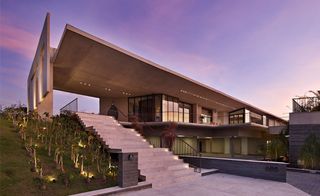
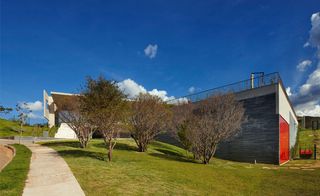
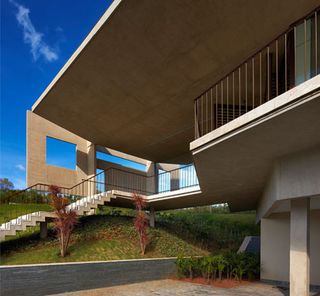
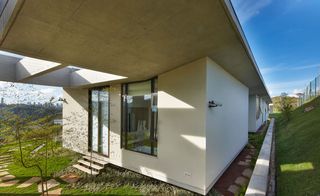


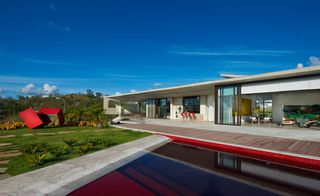
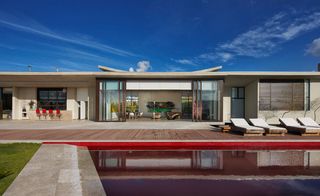
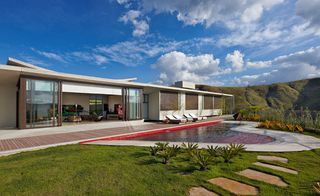
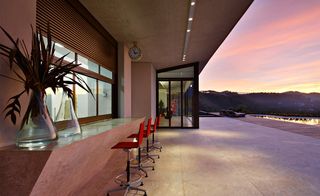

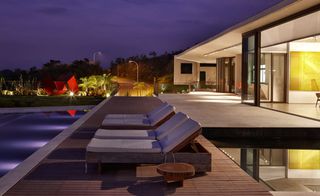

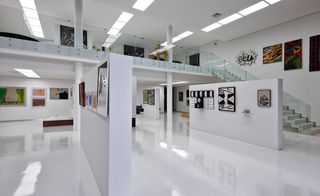


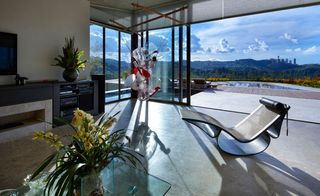
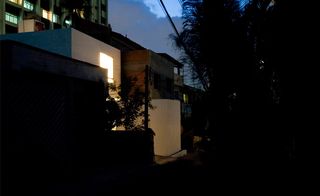
Architect: AR.q Project: Cube House, São Paulo Telephone: +55 11 3663 4465
'For us, Brazilian architecture can be summarised by three themes: freedom, generosity, and collective life,' say Marina Acayaba and Juan Pablo Rosenberg. Their young practice, AR arquitectos, was formed in 2008. A recent graduate from São Paulo University and daughter of well-known architect Marcos Acayaba, Marina had already worked with SANAA and Aires Mateus before setting up with Rosenberg, the curator for the Brazilian Pavilion for the 10th Venice Architecture Biennale. Both involved with teaching as well as designing, the pair have been busy with a series of residential commissions. Their latest project, the Cube House in São Paulo, was only finished a few months ago, and a further five house designs are currently in the pipeline. Their philosophy focuses on the concept of occupying space through movement: 'In Portuguese, "AR” means, “AIR”. The air has no shape or volume; it just occupies the space. It is fluid, expansible, in permanent movement,' they explain.

External terraces of the house in Pompeia
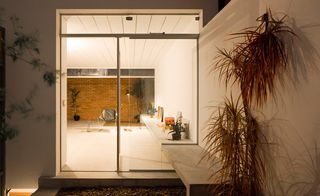
Living area at the house in Pompeia
Wallpaper* Newsletter
Receive our daily digest of inspiration, escapism and design stories from around the world direct to your inbox
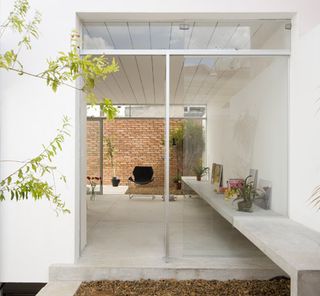
Living area at the house in Pompeia

Living area at the house in Pompeia

Courtyard detail at the house in Pompeia
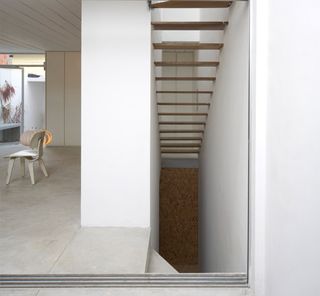
Staircase leading to the lower ground floor

Living area looking towards the courtyard
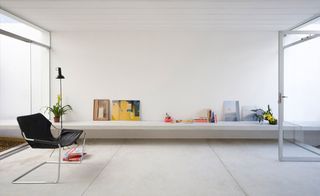
Living area at the house in Pompeia
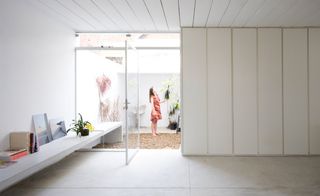
Living area looking towards the smaller courtyard
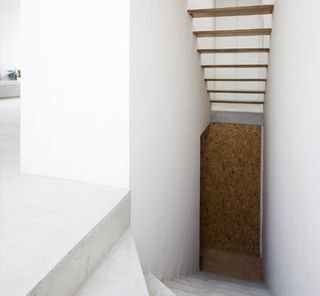
Internal staircase at the house in Pompeia
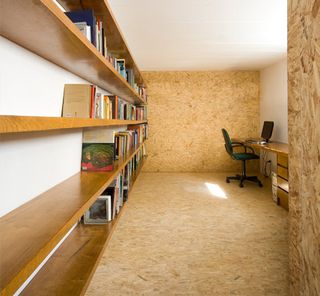
Workspace at the house in Pompeia

Internal staircase leading to the upper levels
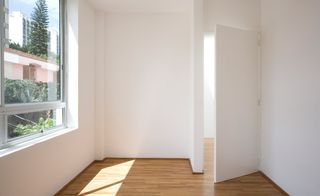
Bedroom areas at the houe in Pompeia
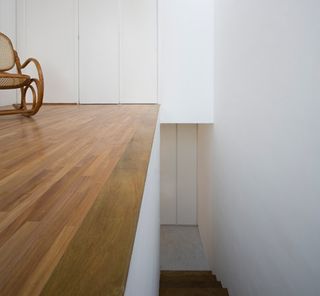
Bedroom areas at the houe in Pompeia
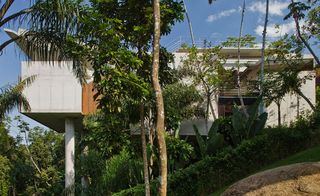
Architect: SPBR Project: Ubatuba Website: www.spbr.arq.br
Angelo Bucci set up SPBR in 2003, bringing together João Paulo Meirelles de Faria, Juliana Braga and Ciro Miguel as associates. Bucci spent six years as a founder and partner at MMBB, before which he worked at Arquitetura Paulista with Alvaro Puntoni and Alvaro Razuk. The new studio reflects the need for a flexible life, balancing academia and practice. All four key architects studied at the Faculty of Architecture at the University of São Paolo. 'I'm trying to design meaningful projects at a time that faces a lack of meaning,' explains Bucci. The interplay between inside and outside is a critical part of the SPBR approach, epitomised by new houses in Ubatuba, Carapicuiba and Santa Teresa. A large Mediatheque building in Rio is being designed, as are housing projects in Lugano and the Algarve. Major names that continue to influence the studio include Niemeyer, Afonso Eduardo Reidy, Mendes da Rocha, key Paulista player João Batista Vilanova Artigas, Carlos Millan, Marcos Acayaba, Eduardo de Almeida and Marcello Fragelli.

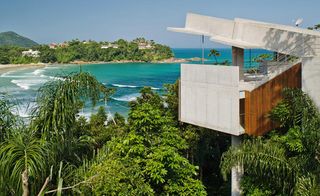

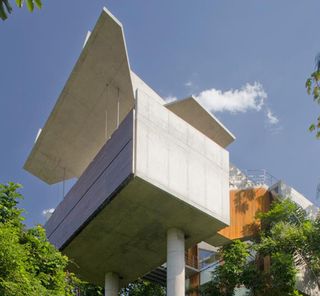
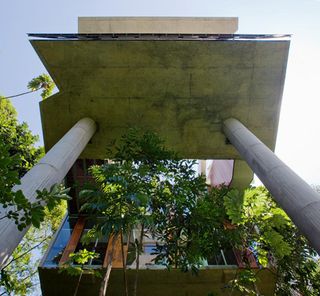
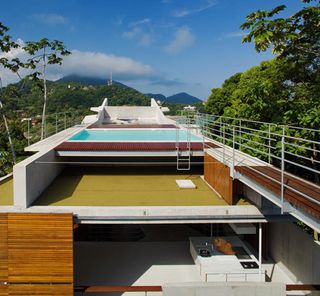
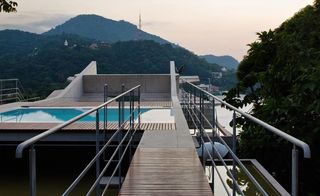
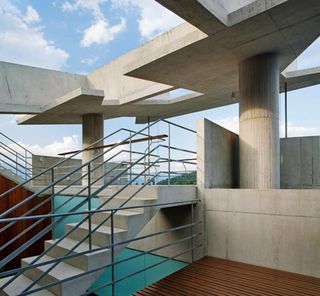
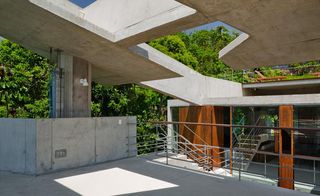
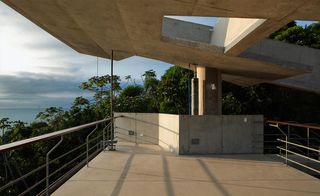
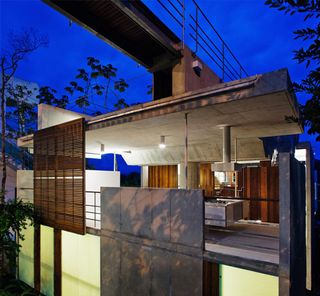
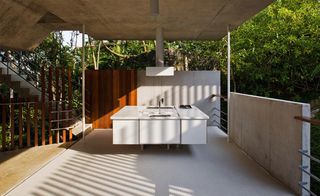



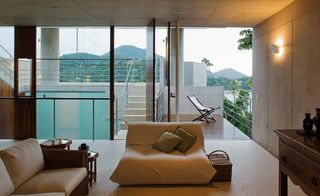
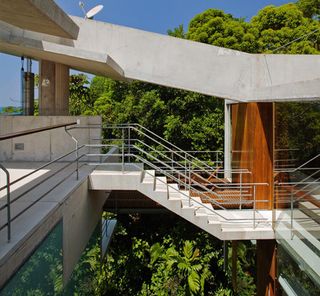
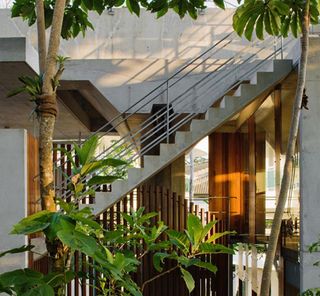

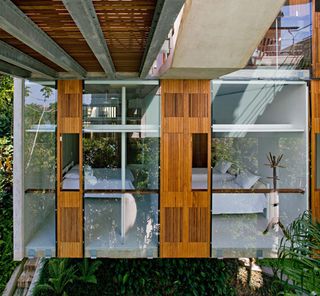


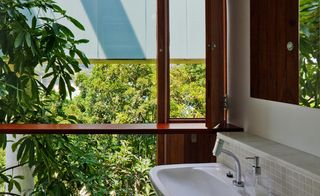




Architect: UNA
Project: Joanopolis House, São Paulo
Website: www.unaarquitetos.com.br
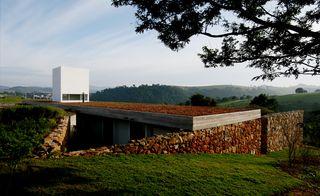
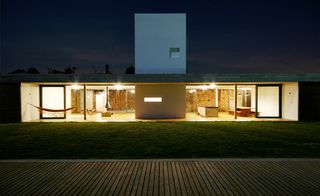

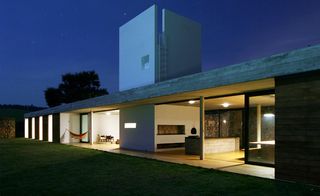

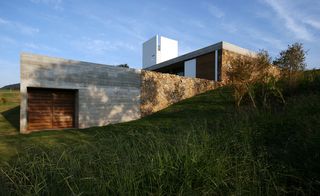
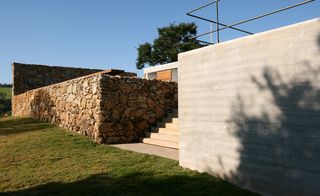

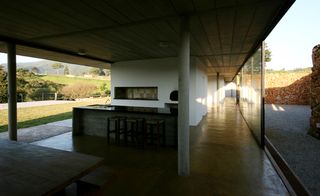
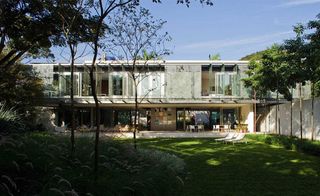
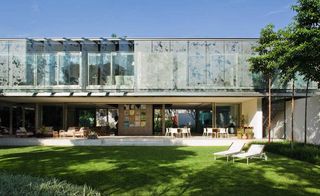
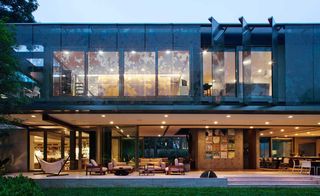
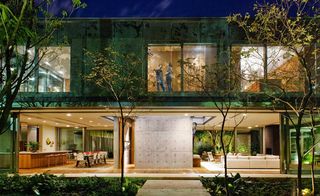
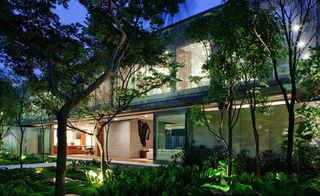
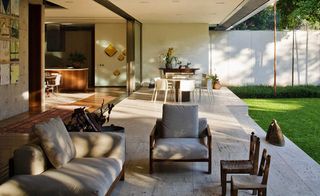


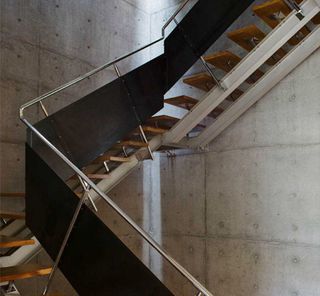
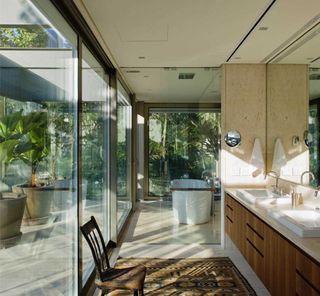
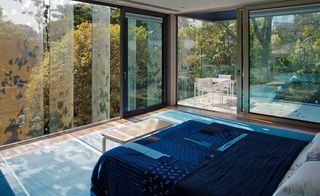


Architect: Andrade Morettin
Project: Aimbere residentail complex, São Paolo
Website: www.andrademorettin.com.br

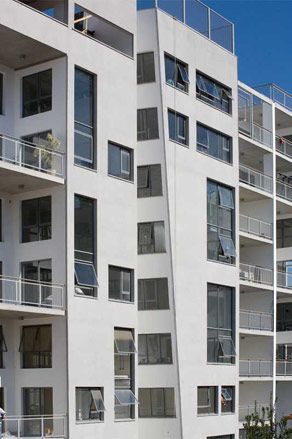
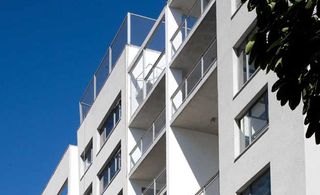
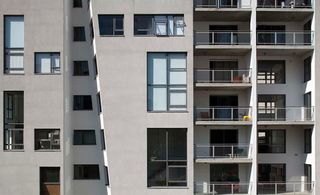
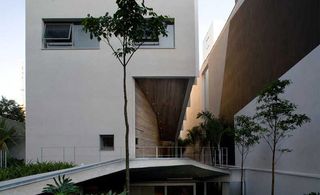
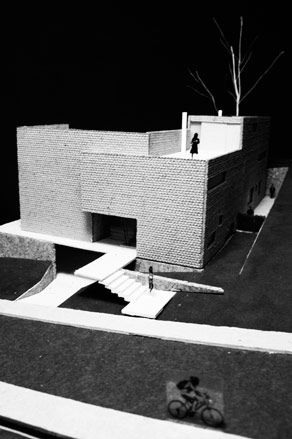
Architect: Atelier UM Project: House M, São Paolo Website: www.atelier-um.com
Gustavo Utrabo and Juliano Monteiro founded Atelier UM in 2008. Both share an interest in the densely digital world of parametric architecture, and following studies in Curitiba, Barcelona and Madrid, they set up their own studio together. Their interest in programme and parameters gives them a dynamic edge, and their work is shot through with conceptual ideas, starting from the basis that functionalism and flexibility should underpin every project. The output from their first full year of practice include the fortress-like House M, a monumental residence that presents a stone face to the road while wrapping a glassy rear façade around a courtyard and pool. Their conceptual project for the UP to 35 competition proposed a scattering of green-roofed geometric forms, designed to snare and intrigue the passer-by. Other works include benches, graphic design and a shower created as a stalactite-like growth. More cultural and residential works are on the boards, together with an installation entitled ‘Art, Space and Parametricism’ that sets out their approach. ‘Inevitably, Brazilian modernism influenced our academic studies,' the architects say, 'but today our research seeks different elements. Nevertheless, we admire the works and thoughts of João Vilanova Artigas, Paulo Mendes da Rocha and Affonso Reidy – they all established new connections and possibilities.'
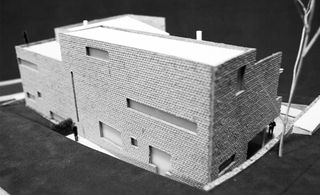
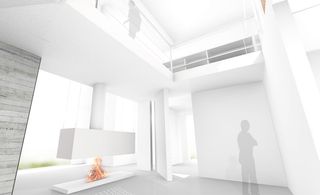
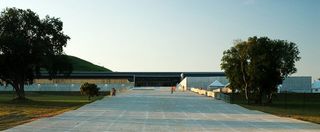
Main entrance for Panamerican Games 2007 Architect: BCMF Project: Deodoro Sports Complex, Rio
Bruno Campos, Marcelo Fontes and Silvio Todeschi form Belo Horizonte-based BCMF Arquitetos. In their buildings, the practice aims for diversity in scale and typology, and their portfolio spans interior design; retail and furniture; commercial and residential schemes; single-family houses and large sports facilities. BCMF designed the Deodoro Sports Complex for the Rio 2007 Pan American Games and it came as no surprise when, together with Vazio, they were selected to be the lead architects for some 20 venues and facilities for the Rio 2016 Olympic bid. 'Brazil is full of shocking dualities, absurd contrasts, surprising paradoxes and incomprehensible ambiguities,' say BCMF. 'We are very interested in merging the transition spaces: the gaps between inside and outside, private and public, and also in the unused or unplanned areas. Apart from the Olympic projects, the team is currently working on a large-scale urban scheme in Africa as well as residential and commercial work in Belo Horizonte.

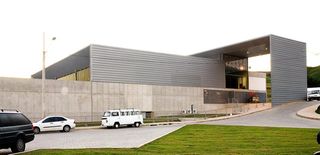


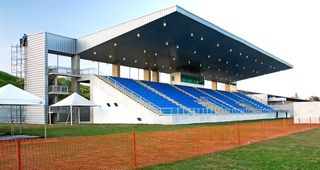
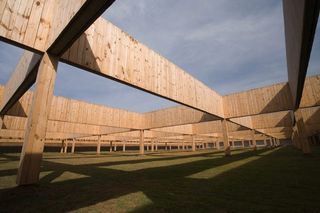
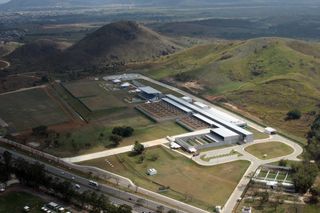
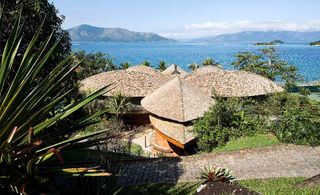
Architect: Mareines + Patalano Project: Leaf House, Agra dos Reis Website: www.mareines-patalano.com.br
The Rio-based office of Mareines + Patalano was set up in late 2001, following the partners' meeting at a summer course at the Domus Academy. Both Rafael Patalano and Ivo Mareines had collaborated before, although Patalano had subsequently concentrated on commercial work and Mareines had taken time out to run a ceramics studio. Describing their designs as 'organic and open', the studio has so far built a beach house, a school and an office for a realtor, with more residential work to come. The pair use elaborately organic motifs, like the giant leaf-form roof of the Leaf House in Angra dos Reis, which reaches out to envelop both internal and external spaces to create shaded outdoor living. The offices for GLEM in Rio eke out dramatic curved spaces from an unpromising half-buried site, while the faceted, cellular forms of the main façade, boldly coloured interiors and flowing space define the MOPI Elementary School. They cite Roberto Burle Marx and Sergio Bernardes as influences but are also critical of the country's tendency to rest on its architectural laurels. 'In the past we could see a lot of freedom and innovation in Brazilian modernism, nowadays there is too much repetition based upon what used to be good.'
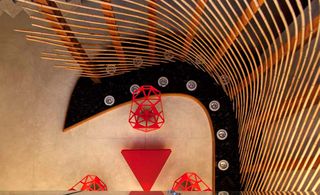
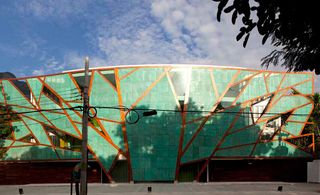
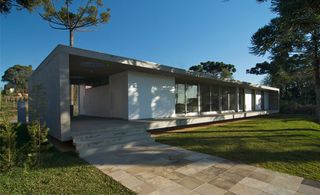
Architect:Studio Paralelo Project: Casa Bertolini, Rio Grande do Sul Websites: www.studioparalelo.com, www.maam.com.uy
With a base in the southern city of Porto Alegre and an office in São Paolo, Studio Paralelo's partners: Luciano Andrades, Rochelle Castro and Silvio Machado divide their time between Brazil and their associate office, MAAM, in Uruguay's Montevideo, with which they been collaborating for four years. The three partners set up a joint practice in 2002 and key projects so far include private houses as well as commercial and civic work, including the design of a national bank in their state, a Converse footwear showroom in São Paulo and an advertising agency's office in Porto Alegre. 'Today's challenge for Brazilian architects is to take some of the classic Brazilian modernist concepts and adapt them to this new era,' say the trio. 'There are also the current financial restrictions to think of - not only in Brazil but all over the world - and the green wave and sustainability issues also need to be taken into consideration.'

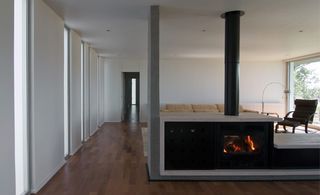
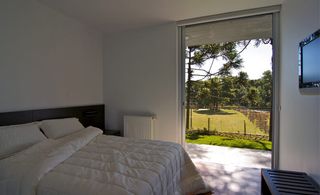
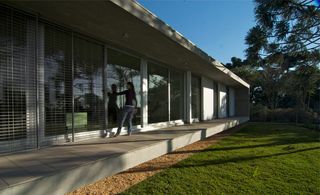

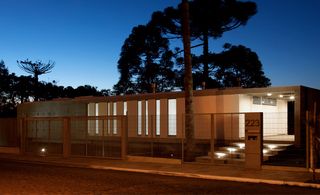
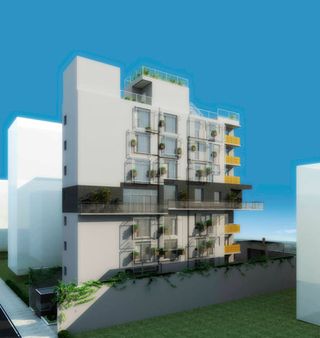
Architect:Vazio Project: mixed use building, Montevideo Website: www.vazio.com.br
With architecture degrees from both Belo Horizonte and the Architectural Association in London, Vazio director Carlos M. Teixeira set up his firm in 2001. Taking part in prestigious exhibitions all over the world, from the Venice Architecture Biennale to shows at the RIBA in London, the architect has since worked on a number of commercial, residential and cultural projects. Working with BCMF architects, Vazio have worked on the concept design of most of the buildings presented for the upcoming 2016 Rio de Janreiro Olympic Games. Optimistic about the future of country's contemporary architecture scene, Teixeira explains that 'up until some years ago, Brazilian contemporary architecture was heavily anchored in the legacy of its Modern architecture and its old masters. Recently, a younger generation has been working on a new and freer agenda. This is not to say that Brazilian architects should forget the country's past, but they should take more risks - just as the good modern masters did.'
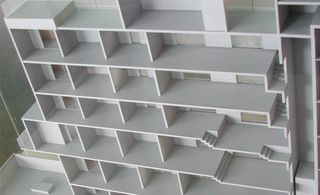
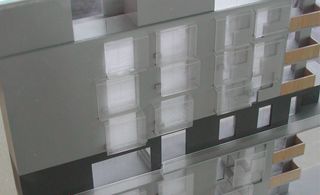
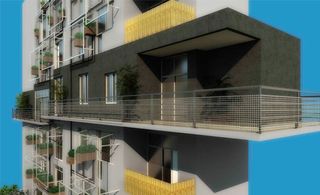
Ellie Stathaki is the Architecture & Environment Director at Wallpaper*. She trained as an architect at the Aristotle University of Thessaloniki in Greece and studied architectural history at the Bartlett in London. Now an established journalist, she has been a member of the Wallpaper* team since 2006, visiting buildings across the globe and interviewing leading architects such as Tadao Ando and Rem Koolhaas. Ellie has also taken part in judging panels, moderated events, curated shows and contributed in books, such as The Contemporary House (Thames & Hudson, 2018), Glenn Sestig Architecture Diary (2020) and House London (2022).
-
 New Phaidon book celebrates the world's best designers
New Phaidon book celebrates the world's best designersDesigned for Life: The World’s Best Product Designers by Phaidon celebrates the rich contemporary landscape of product design
By Tianna Williams Published
-
 The moments fashion met art at the 60th Venice Biennale
The moments fashion met art at the 60th Venice BiennaleThe best fashion moments at the 2024 Venice Biennale, with happenings from Dior, Golden Goose, Balenciaga, Burberry and more
By Jack Moss Published
-
 Crispin at Studio Voltaire, in Clapham, is a feast for all the senses
Crispin at Studio Voltaire, in Clapham, is a feast for all the sensesNew restaurant Crispin at Studio Voltaire is the latest opening from the brains behind Bistro Freddie and Bar Crispin, with interiors by Jermaine Gallagher
By Billie Brand Published